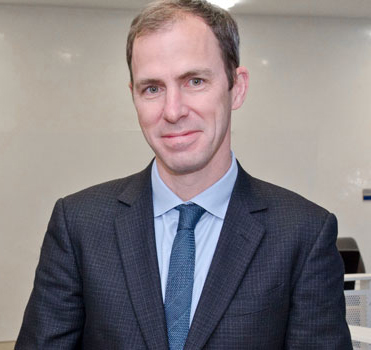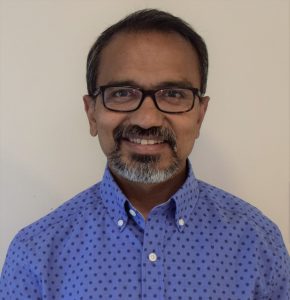
Inhibiting a key enzyme could help stop the growth of glioblastoma
Fewer than 10 per cent of people diagnosed with glioblastoma will survive beyond five years. Despite advances in understanding this deadly brain cancer, therapy options for this disease are severely limited. In a study recently published in Nature Communications, researchers have discovered that inhibiting a key enzyme, PRMT5, can suppress the growth of glioblastoma cells. Their findings demonstrate a novel approach to treating the disease, paving the way for a new class of therapeutics.

A multidisciplinary team with expertise in cancer stem cells, protein structures, small molecule development and multi-omic analyses enabled this discovery. The group, was co-led by Dr. Peter Dirks, Senior Scientist and Neurosurgeon at the Hospital for Sick Children (SickKids) and co-leader of OICR’s Brain Cancer Translational Research Initiative along with researchers at the Princess Margaret Cancer Centre, the Structural Genomics Consortium (SGC) and the University of Toronto. Many of the researchers involved in the study are also part of the Stand Up To Cancer (SU2C) Canada Cancer Stem Cell Dream Team, which receives support from OICR.
Through the study, they showed that inhibiting PRMT5 affected a large network of proteins that are important in cell division and growth, triggering cell senescence, and stopping the unrelenting division of cancer cells.
While PRMT5 inhibition has been previously suggested as a way to target brain and other cancers, no one has tested this strategy in a large cohort of patient tumour-derived cells that have stem cell characteristics, cells that are at the roots of glioblastoma growth.
They found that specific molecules – precursors to actual therapeutic drugs – inhibited the same enzyme, PRMT5, stopping the growth of a large portion of these patient-derived cancer stem cells. Many current drugs do not eliminate cancer stem cells, which may be why many cancers regrow after treatment.
“We used a different strategy to stop cancer cells from proliferating and seeding new tumours,” says co-senior author, Dr. Cheryl Arrowsmith, Senior Scientist at the Princess Margaret Cancer Centre who leads the University of Toronto site of the SGC. “By inhibiting one protein, PRMT5, we were able to affect a cascade of proteins involved in cell division and growth. The traditional way of stopping cell division has been to block one protein. This gives us a new premise for future development of novel, more precise therapies.”
“This strategy also has the opportunity to overcome the genetic variability seen in these tumours,” says co-senior author, Dirks, who also leads the SU2C Canada Dream Team. “By targeting processes involved in every patient tumour, which are also essential for the tumour stem cell survival, we side-step the challenges of individual patient tumour variability to finding potentially more broadly applicable therapies.”
The researchers also examined the molecular features of the patient-derived glioblastoma cells by comparing those that responded well to those that did not respond as well. They found a different molecular signature for the tumour cells that responded. In the future, this could lead to specific tumour biomarkers, which could help in identifying those patients who will respond best to this new class of drugs.
The research group will continue testing PRMT5 inhibitors to develop new therapies for people with glioblastoma.
“Right now, we have too few medicines to choose from to make precision medicine a reality for many patients,” says Arrowsmith. “We need basic research to better understand the mechanism of action of drugs, particularly in the context of patient samples. This is what will help us develop the right drugs to give to the right patients to treat their specific tumours.”
The research group also included OICR-affiliated scientists and staff researchers, Drs. Trevor Pugh, Mathieu Lupien, Benjamin Haibe-Kains, and Ahmed Aman.
Adapted from a SickKids news release.


